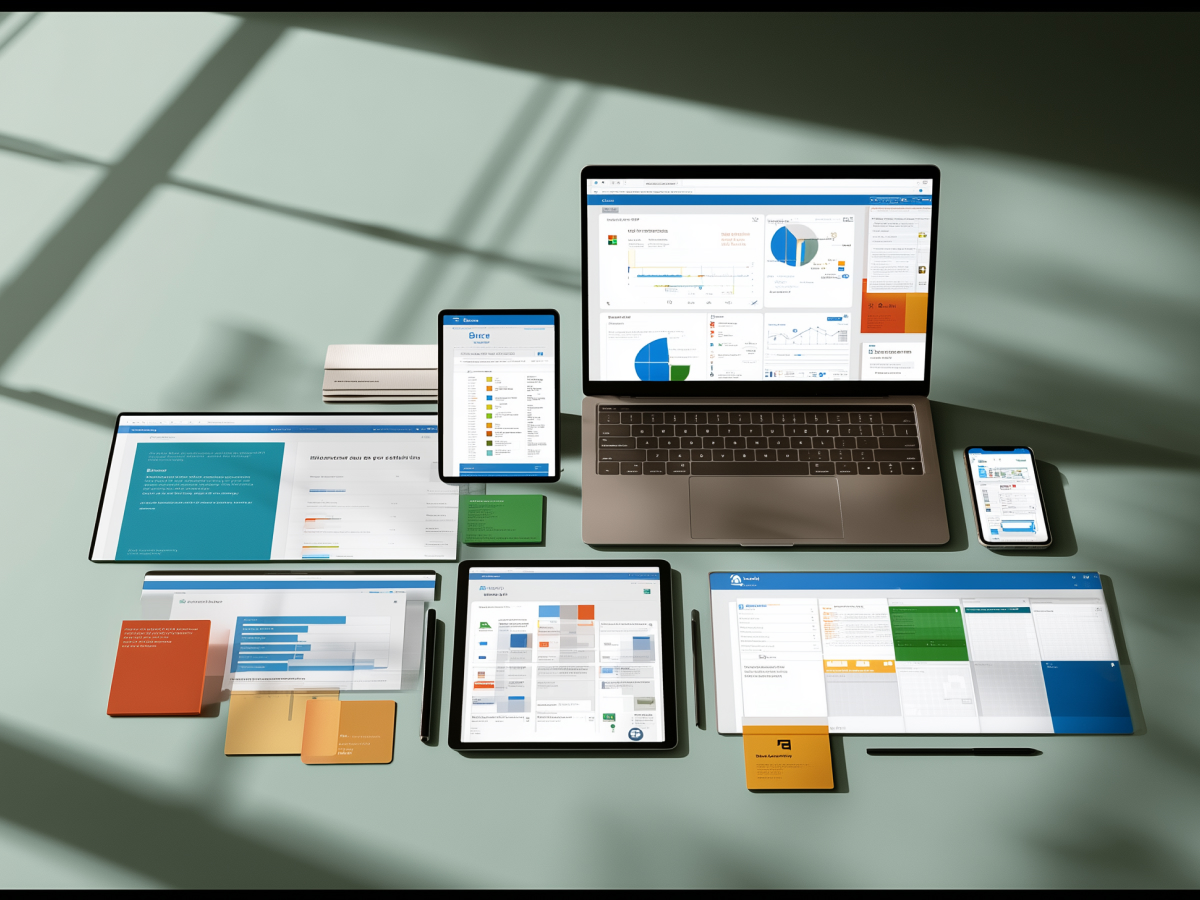Integrating CRM and ERP systems provides massive business benefits
CRM and ERP systems can often seem like two distinct tools with little overlap. One drives sales and marketing, focusing on leads, customer behavior, and pipeline visibility. The other manages operations like finance, inventory, supply chain, and manufacturing. Yet running these systems in isolation leads to missed opportunities and inefficiencies.
When you bring CRM and ERP together, the impact is massive. Integration means your front-office sales and back-office operations are speaking the same language. Suddenly, you have a single, cohesive system where data flows freely, breaking down silos and giving everyone the complete picture. Sales teams know the real-time inventory situation, while manufacturing gains insights into what’s coming down the sales pipeline.
Integration for silos and decision-making processes
The problem with traditional setups is that CRM and ERP systems don’t naturally mesh. Different teams use different tools, workflows diverge, and systems have their own unique architectures. CRMs are usually SaaS-based and focus on customer interactions, while ERPs, often hybrid or on-premises, handle operational data. This creates a gap.
With integration, data becomes accessible across departments without forcing users to jump between platforms. Your sales team doesn’t need to log into the ERP to check inventory or pricing, they can see it directly within the CRM. This saves time and makes sure that every department operates with accurate, real-time information.
Manufacturing benefits too. With insights from CRM sales forecasts, operations can fine-tune production schedules and inventory planning. Teams can now know what’s coming and be ready for it.
Two-way data sharing
With two-way data sharing between CRM and ERP, sales teams gain access to operational data from the ERP, helping them decide when to approach a customer and when to hold back. A customer with unpaid invoices or unresolved service tickets? Not the right time for an upsell. On the other side, manufacturing teams can use CRM’s sales pipeline data to anticipate demand, adjust inventory, and optimize production schedules.
This means synchronizing your entire business. With integrated data, forecasting becomes sharper, inventory planning becomes smarter, and operations become more agile. Predictive insights make sure your teams are proactive, not reactive, while operational flexibility lets you pivot in real-time when market conditions or customer needs shift.
Proactive issue management
No business leader likes surprises, at least not the bad kind. Integration between CRM and ERP creates a system that flags potential issues before they spiral out of control. Whether it’s declining demand, late deliveries, or quality concerns, these “red flags” alert your team to problems early on.
For instance, waning sales in a product line might signal a deeper issue, maybe a supply chain bottleneck or a drop in product quality. Integrated systems let you investigate and address the root cause quickly. Meanwhile, sales teams using CRM data can manage customer expectations and provide timely updates if delays are on the horizon.
This kind of foresight is invaluable. It minimizes disruptions, keeps customers happy, and helps your business stay ahead of challenges instead of scrambling to catch up. It’s about staying in control and working through complexity with confidence.
Mapping processes and roles without redundancies
The first step for integration? Mapping out where CRM and ERP processes overlap. This makes sure that data flows, without redundancies or inefficiencies.
Your sales team should be able to check ERP inventory levels directly within the CRM while preparing an order. At the same time, service technicians accessing ERP should pull customer address information stored in the CRM. No one should need to jump between systems or manually duplicate data. That kind of workflow saves time and helps avoid the risk of errors or conflicts.
Redundant data copying is a risk you can’t afford. It clutters your systems, creates vulnerabilities, and increases the chances of cyber threats. Instead, integrate smartly, let data reside where it belongs and surface only when it’s needed.
Five common points of CRM/ERP integration
Successful integration doesn’t happen by chance. It’s about knowing where to connect the dots. Here are five common integration points that most businesses find invaluable:
- Customer data sync: Link CRM’s customer records with ERP’s account information to make sure every department works with the same up-to-date profiles.
- Quote integration: Feed ERP-generated quotes into CRM to simplify the sales process and improve customer interactions.
- Sales history sync: Align ERP sales data with CRM demand forecasting to sharpen predictions and identify opportunities.
- Payment status transparency: Let sales and marketing teams see ERP-stored payment statuses directly within CRM, making sure of informed conversations with customers.
- Real-time inventory and pricing access: Give sales teams instant visibility into ERP’s inventory and pricing data from within CRM for better customer engagement.
Each business will need to tailor these integrations based on its industry, workflows, and specific requirements. The result? A system that aligns with your goals and delivers meaningful value across the board.
CRM and ERP integration in aligning sales and operations
The heart of any successful business is alignment. Sales and operations might seem like separate worlds, but their success is intertwined. CRM and ERP integration bridges this divide, making sure that these teams work as one. When sales understands what’s happening in operations, and vice versa, your business runs like a well-oiled machine.
Imagine a sales team with real-time access to inventory and production schedules. They can sell confidently, knowing they won’t overpromise. Meanwhile, operations teams benefit from accurate forecasts that help them plan ahead. Such alignment creates a virtuous cycle where customer expectations are met, resources are optimized, and opportunities are maximized.
The result is a business that’s ready to adapt, compete, and grow in a market. Integration is a strategic move that strengthens your entire organization.





